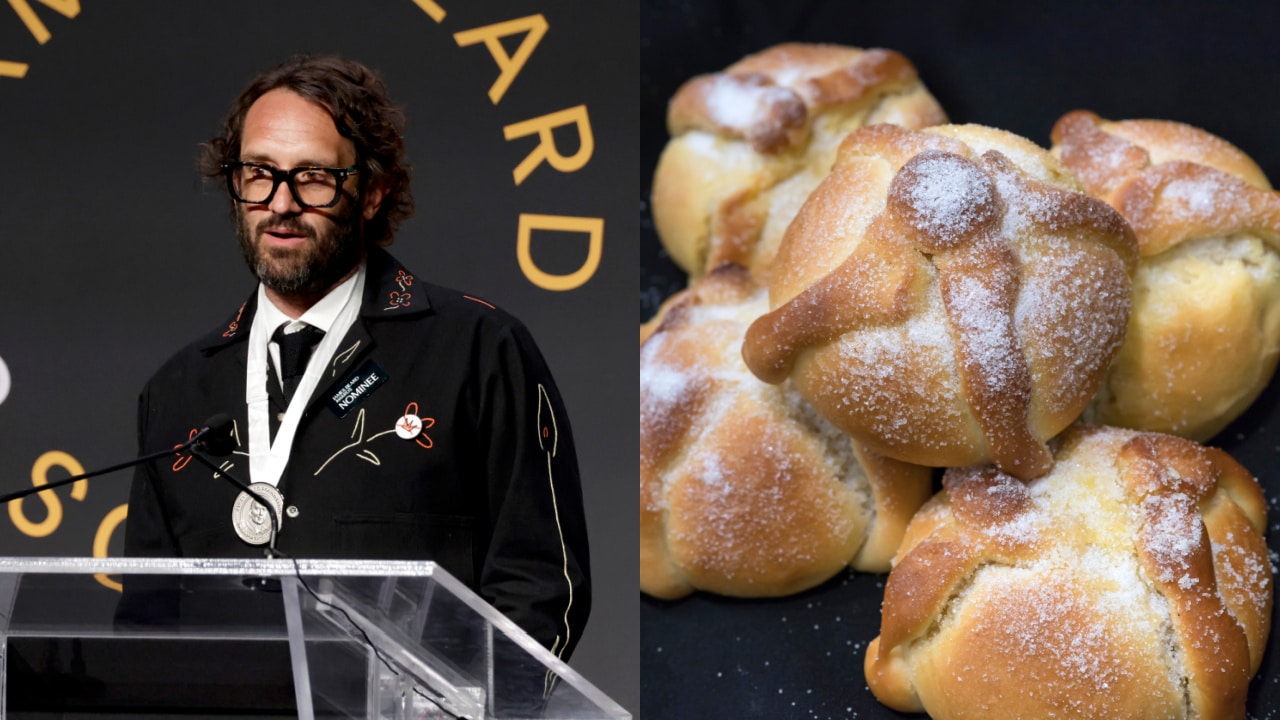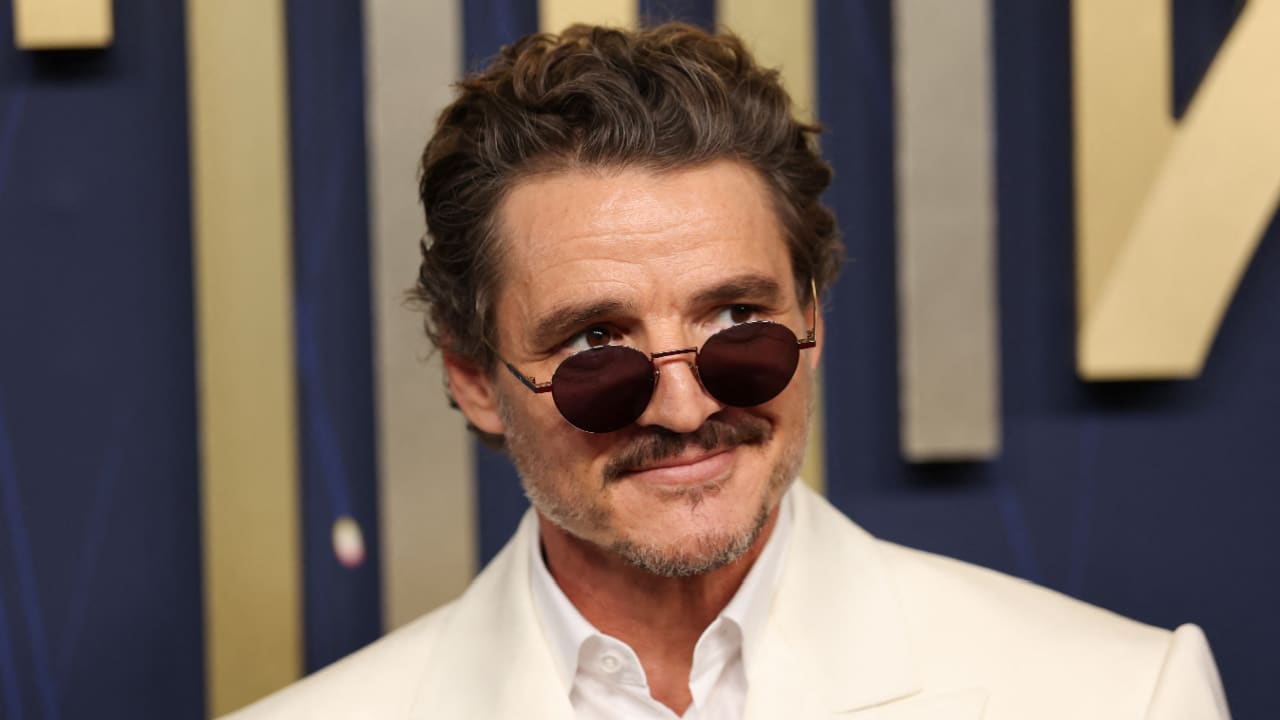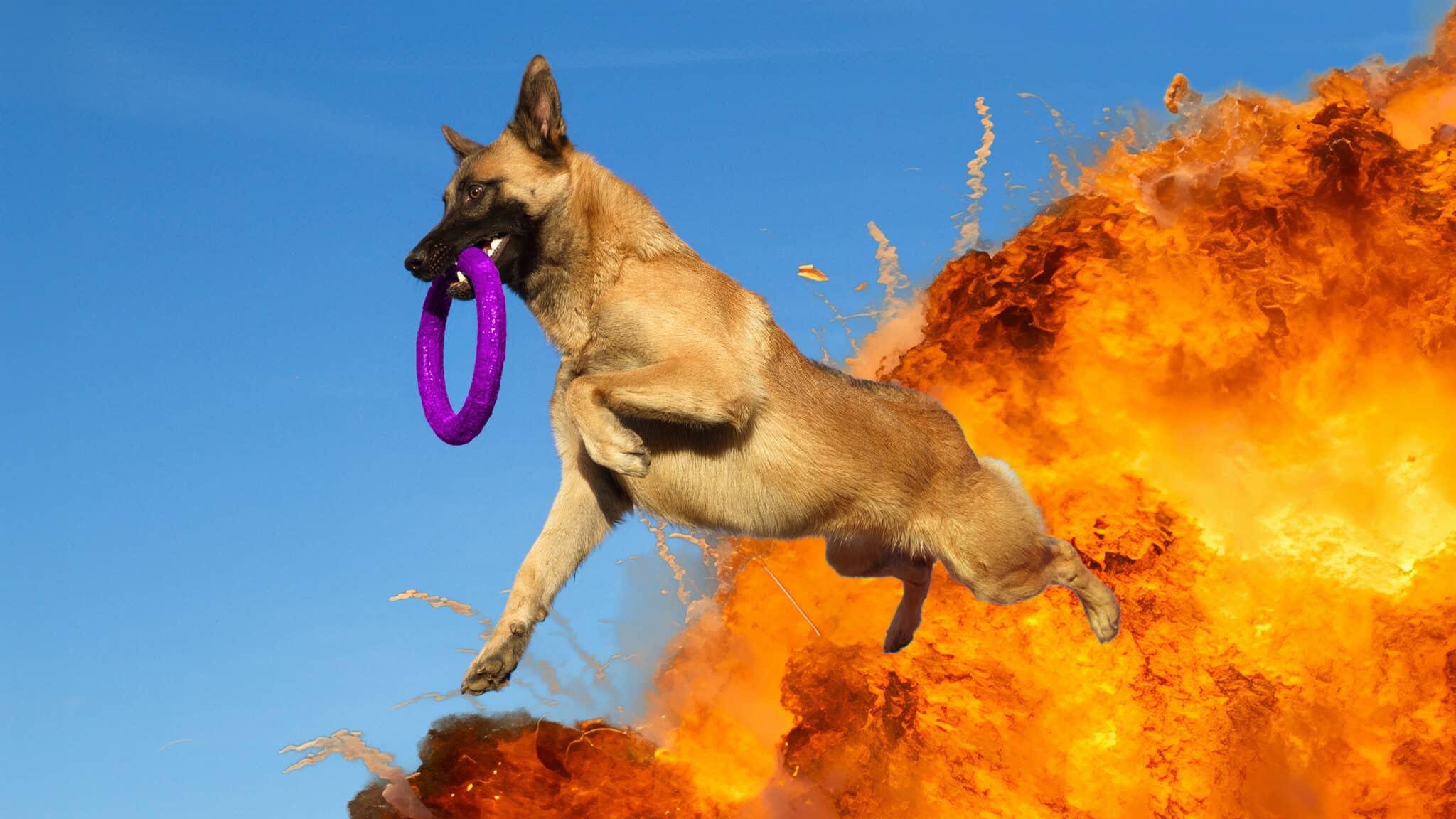Bad Bunny Danced on Top of My Grandmother’s House – and It Was Beautiful
I didn’t expect to get emotional at Bad Bunny’s recent residency concert “No Me Quero Ir de Aqui.” Seeing the green mountain at the front and a small pink house right in the middle of the stadium hit different. I felt orgullo, I was home.
I am not a music critic or a lifelong Bad Bunny super fan. My daughter Samantha introduced me to his music. She, like so many, follows his every move and knows every lyric by heart. She made sure to buy tickets to the concert the minute they became available.
At first, I was worried. The stage felt far from our seats, but Benito is not that kind of artist. He doesn’t make anyone feel distant. The show opened with thespia grandfloras—Puerto Rico’s national flower—blooming on stage. Bomba and plena dancers dressed in white danced their hearts out, hyping the crowd. Then, Bad Bunny appeared and danced on top of that pink house—bringing the show directly to the people.
He wasn’t just performing. He was home, and so was I.

Benito gave us more than a show. He offered a love letter to Puerto Rican culture, our people, its beauty, and yes, its pain. Bad Bunny made Puerto Rico and everyone in it a star.
He brought back the brass band, clarinets, congas, and even featured local artists as part of the celebration. Through songs like “Lo Que Pasó a Hawaii,” he revived the spirit of the Afro-Puerto Rican protest music–bomba and plena–while incorporating the old-school salsa that my mother listened to on Tuesday nights after work to let off steam. These weren’t just sounds. They were memories he was unlocking. Reminders of where we come from and who we are.
With emotion, love, rhythm, joy, and tears in our eyes, we felt every moment, and he felt it with us. At one point, his nose got red, his eyes watered, and he explained what a gift this was for him as it was for all of us. Esta es mi casa and this island es mi cultura.
When I saw that pink house in the middle of the stadium, I saw Canta Gallo, the tiny mountain pueblo where my grandmother took me every summer. She moved there from New York when my mother and uncle were teens, trading the grind of city life for chickens in the yard, lemon trees out back, and banana groves that touched the clouds. She saved what she could as a seamstress, bought a house with my grandfather’s help, and built a life that felt like home.
Bad Bunny danced on top of my grandmother’s house, and it was beautiful
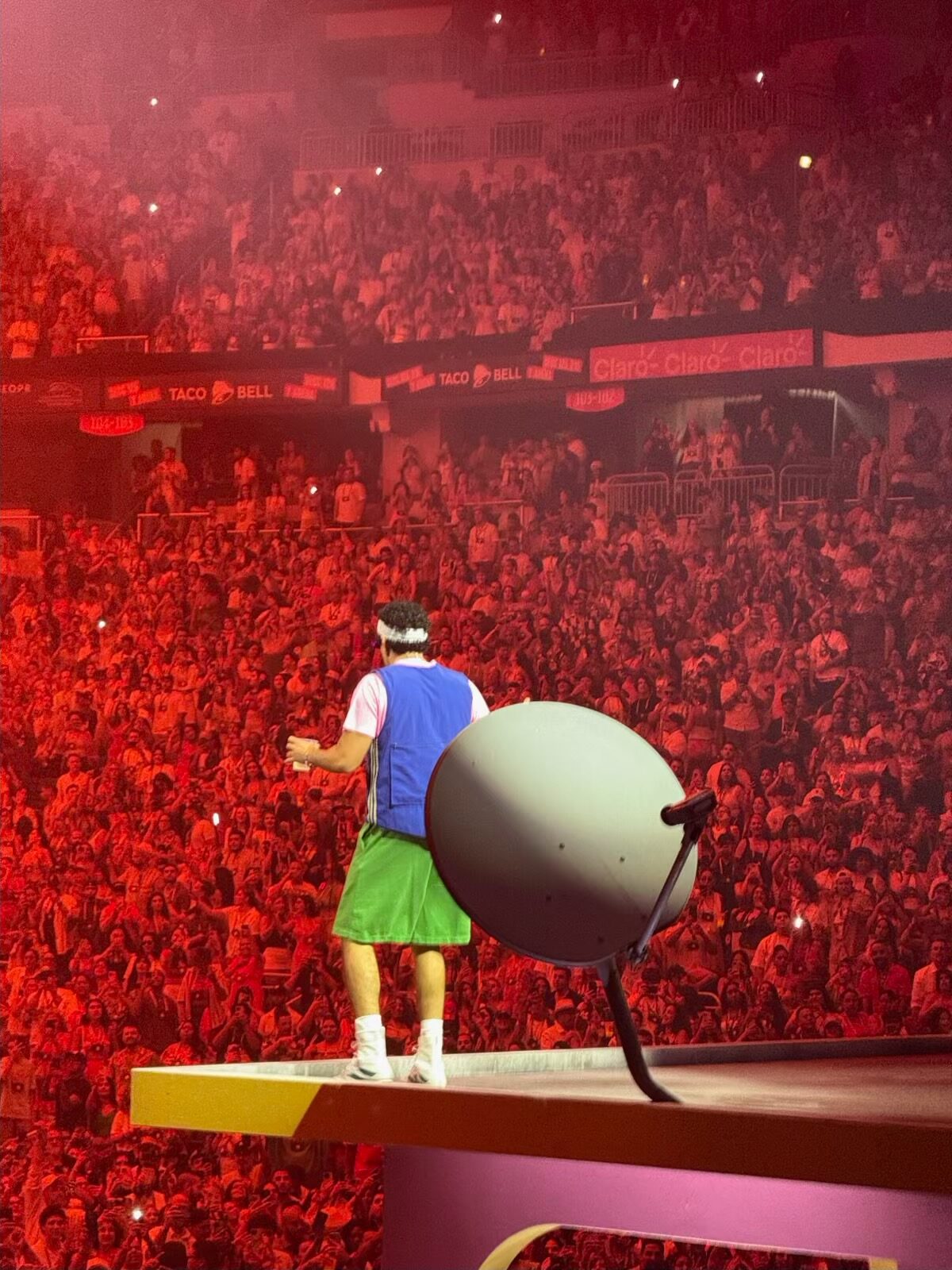
When Benito first announced his residency concert series, he said it would be focused on the love of the island, culture, and the resilience of our people. He did not disappoint. In just three months, he’s done more to boost the island than any elected official has done in years.
But here’s the story that isn’t getting enough attention: the residency’s ripple effect.
More than 400,000 tickets sold in hours. Record-breaking tourism. Over $200 million in projected economic impact. Thousands of jobs created. Hotels booked for weeks. Local businesses are booming. Even fishermen saw their demand double. This is the intersection of art and economics—and a blueprint for how cultural capital can revitalize fragile economies.
I travel between New York and the island often, especially in my role as Executive Director of La Brega y Fuerza–an organization focused on building a pipeline of power for Puerto Ricans on and off the island. We work with groups to engage in economic, social, and environmental resilience.
Currently, we are working to support local fishermen and the ecosystems and economies they rely on that are being overwhelmed by overdevelopment. Ironically, these fishermen hold the key to Puerto Rico’s sustainable economy, bringing in millions of dollars and offering young people hundreds of jobs while protecting the environment.
What Benito did on that stage wasn’t far from what we aim to do at La Brega
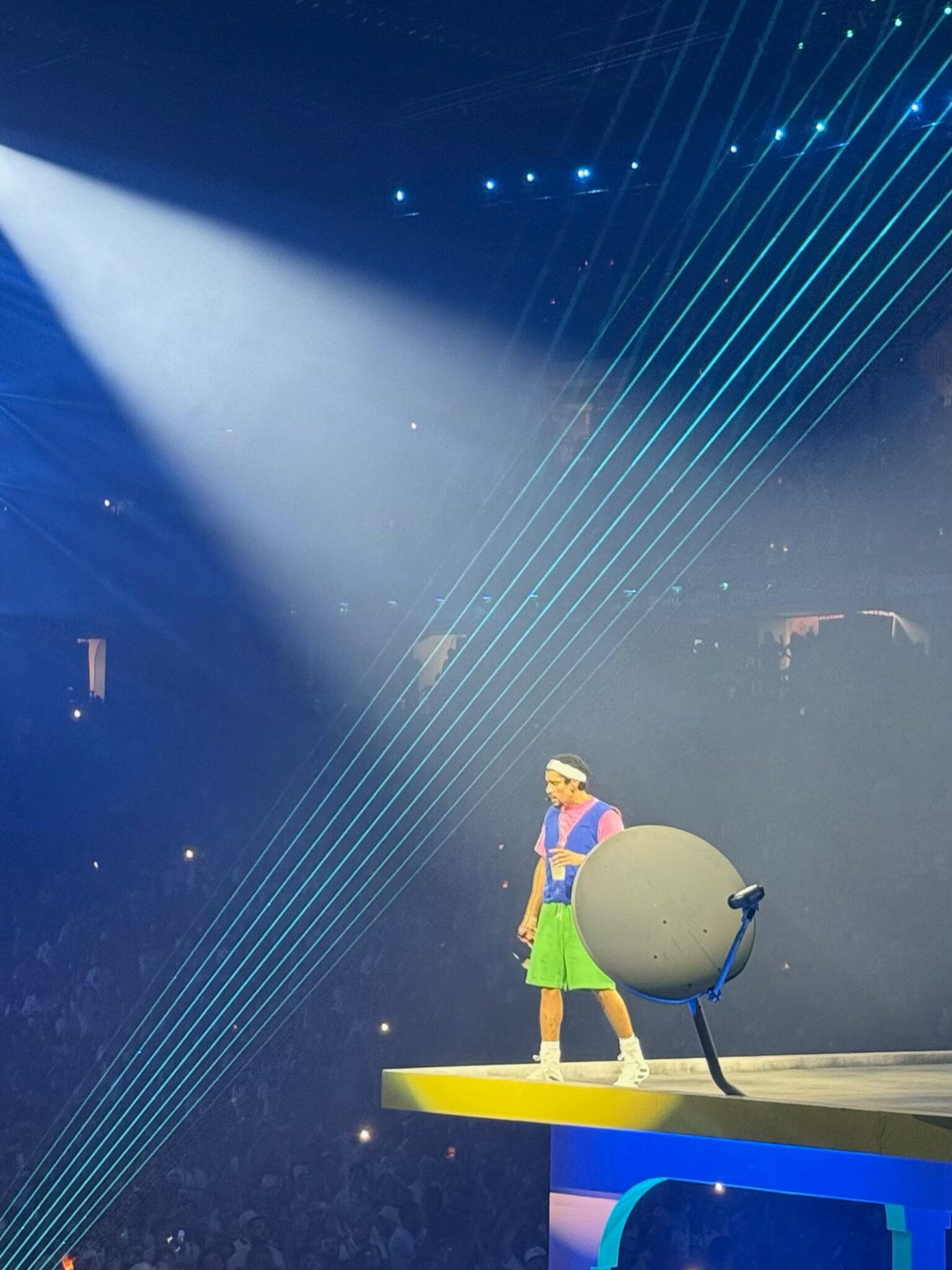
He put the people of the island at the center, gave them back a piece of themselves, and reminded them of their power.
From Kasalta to Panadería España, and from 20-year-olds to grandparents. Local vendors, restaurant workers, and taxi drivers all shared the same sentiment: “We needed this.” Even the fishermen felt it. On my way to the airport, I stopped to speak with the president of San Juan’s fishing cooperative, a Navy veteran like my father. He told me, “If only we had access to more commercial streams… this could be the start of something big.”
And maybe it is.
Imagine if every major Latin artist curated a residency in their homeland with similar principles—prioritizing local artists, activating small businesses, and investing in cultural ecosystems. What could our communities look like then?
Bad Bunny turned Puerto Rico into the star of the show. His impact can’t be overlooked: he carried with him the spirit of the island, from the echo of coquís and the crow of roosters to the mountains that cradle our roots, bringing us all back home.

